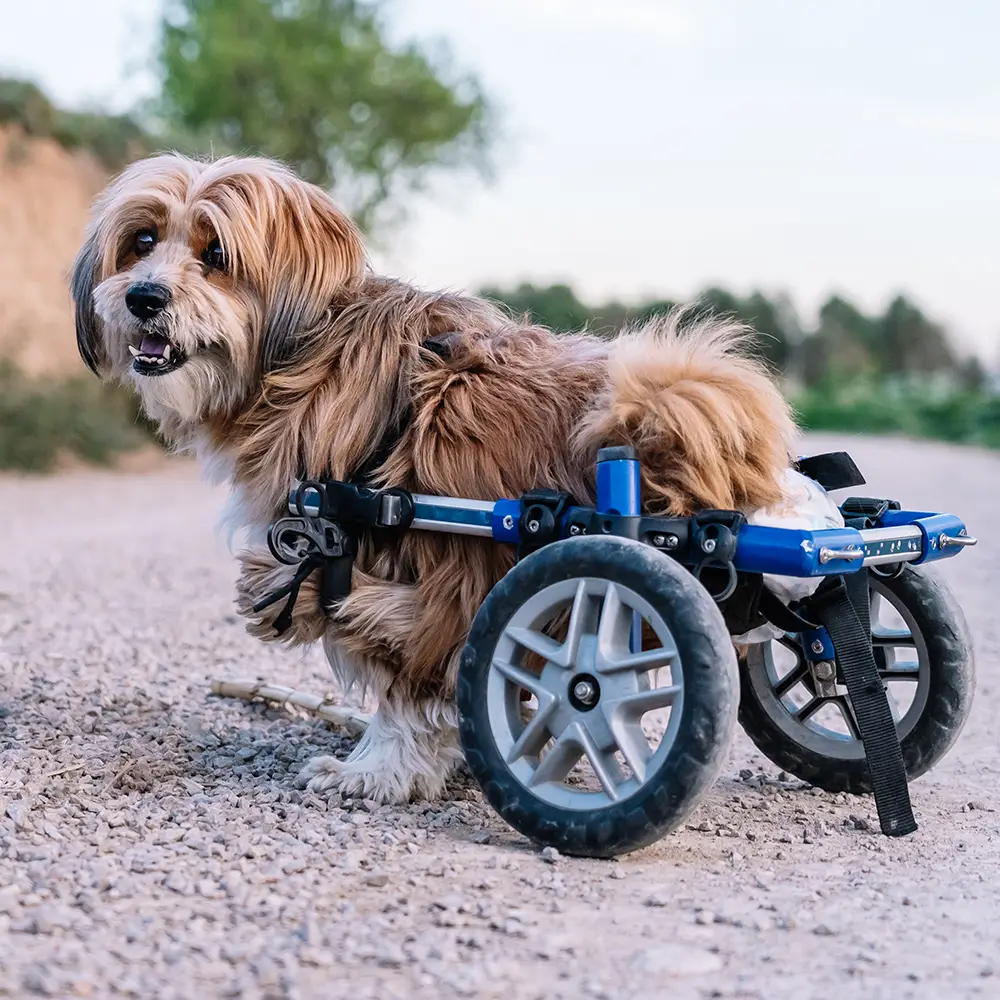As devoted pet parents, our furry friends’ well-being is of utmost importance to us. When we notice our beloved companions limping, it instinctively triggers concern. The truth is, in the vast majority of cases, a limping pet does indeed indicate the presence of pain. In this article, we will delve into the reasons behind this correlation and emphasize why prompt attention and veterinary care are essential when our pets exhibit this telltale sign of discomfort.
- Instinctive Response to Pain – Animals, like humans, react to pain as a natural response to protect themselves. Limping is a visible indication of altered gait or difficulty in walking, and it is their way of trying to alleviate the pain or prevent further injury. Animals may subtly alter their weight distribution or avoid putting pressure on the affected limb, all of which point to discomfort.
- Limitations in Communicating Pain – Unlike humans who can verbally express their pain, our pets cannot convey their feelings in words. They rely on non-verbal cues, and limping is one of the most obvious ways they communicate their distress. Since they can’t articulate their pain verbally, we must be vigilant and observant of their body language and behavior to understand their needs.
- Hiding Pain is Natural – In the wild, showing vulnerability can be dangerous for animals, making them instinctively hide signs of pain to avoid becoming prey. Domesticated pets, even though removed from the wild, have retained this survival instinct to some extent. They may attempt to hide their discomfort, especially in the presence of their human family, hence why an animal who is in pain may not cry/whine/shiver.
- Various Causes of Limping – Limping can be caused by a range of issues, including injuries, fractures, sprains, strains, arthritis, ligament tears, and more. Regardless of the specific cause, the common denominator is usually pain. Only in very rare instances is limping associated with a purely mechanical dysfunction. It is essential, therefore, to recognize that limping should never be dismissed as a minor inconvenience but instead should be taken seriously and investigated promptly by a veterinarian.
Limping is one of the most reliable indicators of pain in our cherished pets. As responsible pet owners, we must be attuned to our animals’ needs and be proactive in seeking veterinary attention when they exhibit such signs of discomfort. By addressing their pain promptly, we not only provide them relief but also enhance their overall well-being and quality of life. Remember, our pets rely on us to be their voice, and through attentive care, we can ensure they lead healthy, happy, and pain-free lives.




